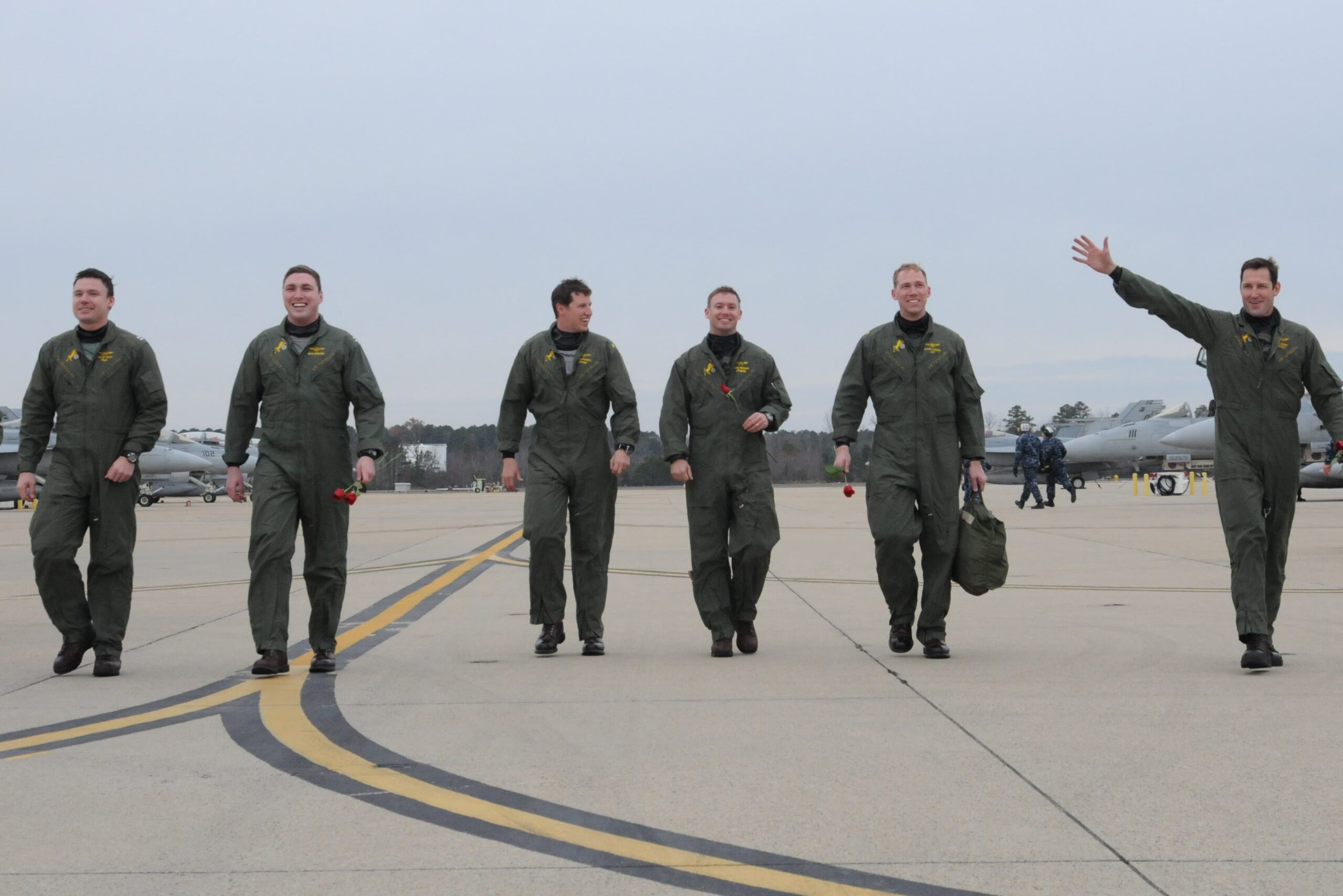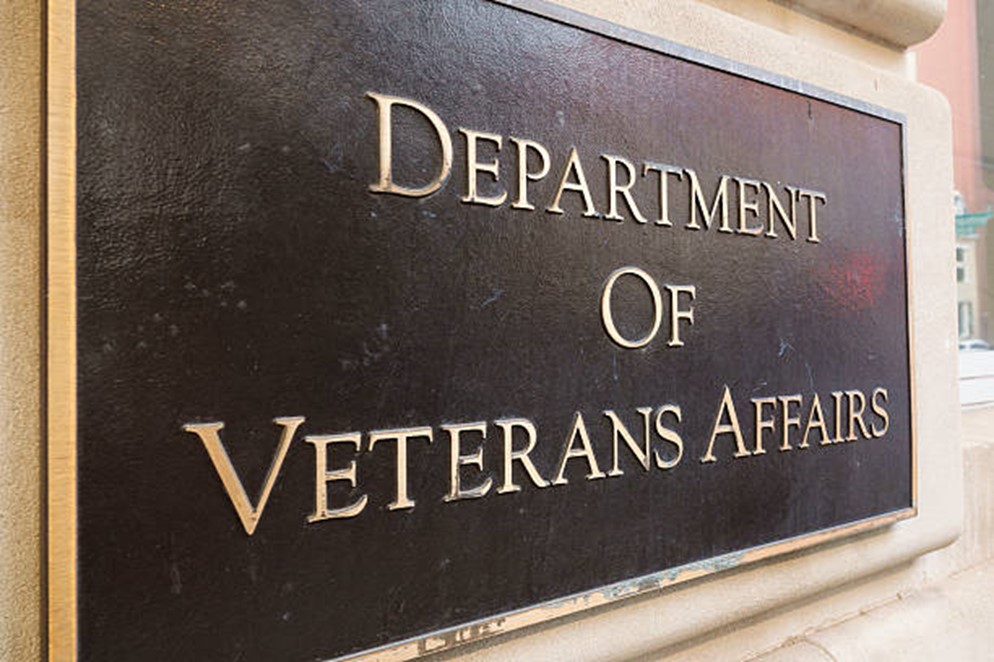Pentagon: pilots and ground crews at higher cancer risk
Military pilots and ground crews are showing high rates of cancer, according to a yearlong study conducted by the Pentagon. The study, which looked at almost 900,000 service members who flew or worked on military aircraft between 1992 and 2017, found that aircrew members had an 87% higher rate of melanoma and a 39% higher rate of thyroid cancer. Meanwhile, men had a 16% higher rate of prostate cancer, and women had a 16% higher rate of breast cancer.

The study also found that ground crews had a 19% higher rate of brain and nervous system cancers, a 15% higher rate of thyroid cancer, and a 9% higher rate of kidney or renal cancers.
The study was required by Congress for the 2021 defense bill, and its findings have prompted the Pentagon to conduct an even bigger review to try to understand why crews are getting sick.

In its yearlong study of almost 900,000 service members who flew on or worked on military aircraft between 1992 and 2017, the Pentagon found that overall, the air crews had a 24% higher rate of cancer of all types.https://t.co/VtQGLktoe8
The Pentagon acknowledged that the study had gaps that likely led to an undercount of cancer cases. The military health system database used in the study did not have reliable cancer data until 1990, so it may not have included pilots who flew early-generation jets in the prior decades. Despite the gaps in the data, the study is one of the largest and most comprehensive done to date.
For years, military aviators had raised concerns about the number of air and ground crew members they knew who had cancer. They were told that earlier military studies had found they were not at greater risk than the general U.S. population. However, this new study has clearly shown that military pilots and ground crews are indeed at higher risk for certain types of cancer.
Navy A-6 Intruder pilot Jim Seaman was one of those who died of cancer at age 61. He passed away in 2018. He is among a group of pilots who were diagnosed with cancer. His widow Betty Seaman has been part of a large group of aviators and surviving spouses who have lobbied Congress and the Pentagon for years to investigate the number of cancers aviators and ground crew face.
The study did not definitively identify the causes of the higher cancer rates, but suggested that exposure to various environmental factors and substances in military operations may be a contributing factor. These factors include radiation from radar and other equipment, exposure to chemicals, and other hazardous materials.
While the study’s authors noted the need for continued research into the factors that contribute to the higher rates of certain cancers among military personnel, they also emphasized the importance of early detection and treatment.
The findings are concerning for the health of military personnel and raise questions about the safety of military operations. While the results of the study do not definitively link military service to cancer, more needs to be done to protect the health of those who serve our country.
The Pentagon has stated that it is committed to protecting the health of its personnel and is taking steps to address the issue.
“We take the health and well-being of our military personnel very seriously,” said a Pentagon spokesperson. “We are reviewing the findings of this study and taking steps to reduce the risks to our personnel.”
















Conversation